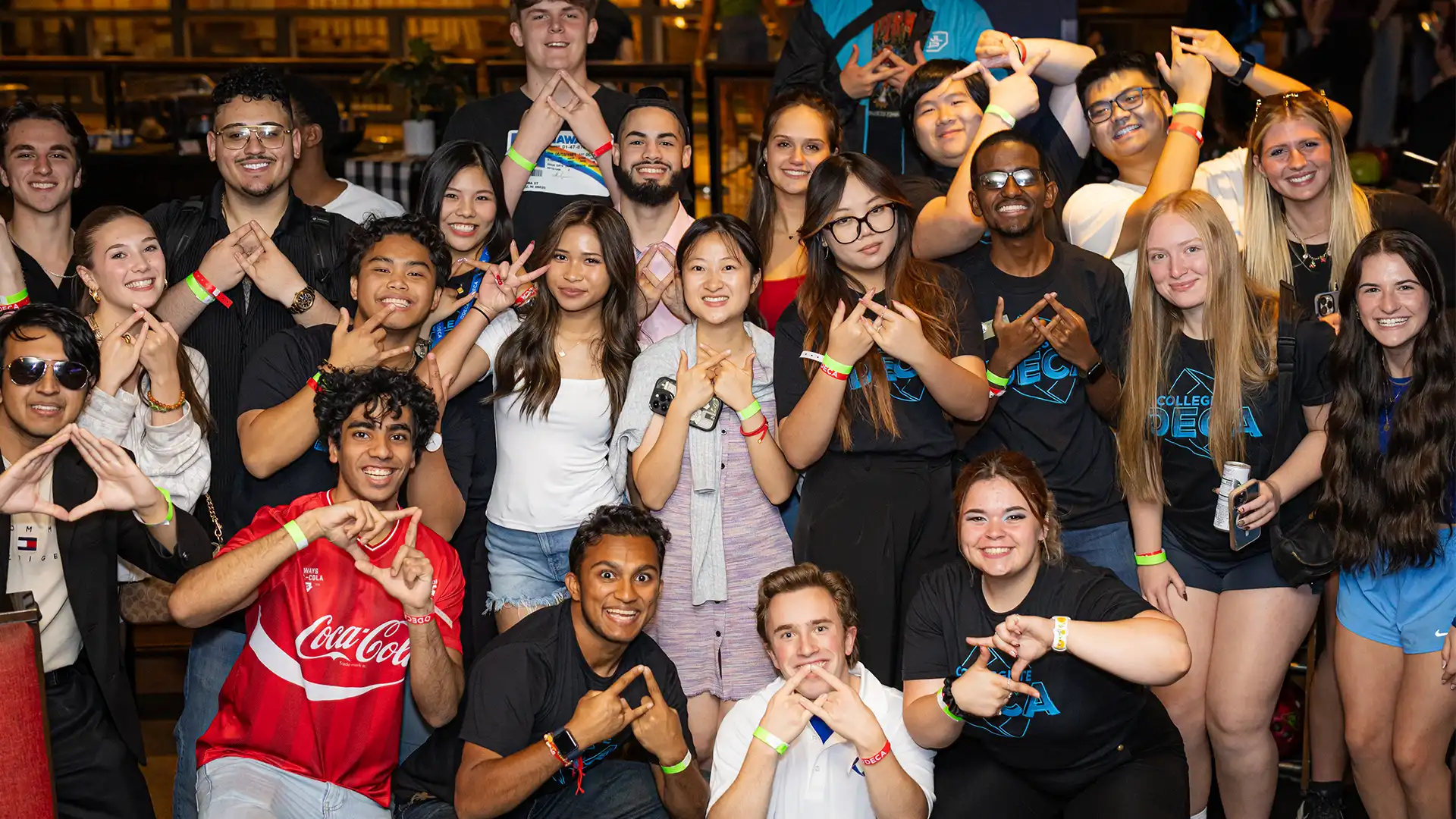Fundraising is crucial for college student organizations to fund trips, community projects and other yearly initiatives. Successful chapters often use a combination of strategies to meet their financial goals. Below, we explore different fundraising methods, each accompanied by real-life examples of chapters that have thrived using these strategies.
Different Ways to Fundraise
1. University Funding: Leveraging Campus Resources
- Applying for Grants and Allocations: Many universities offer grants or funding allocations for student organizations. These funds can be used for operational costs, events, or travel expenses. Understanding your school’s funding process, which typically involves submitting a proposal or budget to a student government or funding board, is crucial.
- Real-life Example: Purdue University successfully secured university grants to support their annual Grand Prix go-kart race, which funds scholarships and covers student organizations' operational needs.
2. Sponsorships and Donations
- Partnering with Local Businesses: Building relationships with local businesses can lead to sponsorships or donations. In exchange for publicity or community engagement, businesses often sponsor events or donate goods and services.
- Crowdfunding and Alumni Donations: It can be effective to utilize platforms like GoFundMe or reach out to alumni. Alumni, especially those who benefited from similar programs, are often willing to contribute.
- Real-life Example: the University of South Carolina leverages local business sponsorships and alumni donations for their Dance Marathon, raising funds for Children’s Miracle Network Hospitals and supporting student organizations.
3. Hosting Events and Selling Products: Turning Fun into Funds
- Selling Merchandise or Food: Selling branded merchandise, baked goods or hosting food events can generate a steady revenue stream. Pop-up shops or student-run businesses on campus are simple yet effective.
- Ticketed Events and Tournaments: Hosting events like concerts, comedy shows or sports tournaments with ticket sales can raise significant funds.
- Real-life Example: the University of Florida combines ticketed events and merchandise sales at their annual Gator Growl pep rally, generating funds that support various student organizations throughout the year.
4. Community Service Events: Running Charity Walks and Marathons
- Charity Walks and Marathons: Organizing these events can raise significant funds, especially if participants are encouraged to seek sponsorships. These events also boost chapter visibility in the community.
- Real-life Example: the University of Virginia uses its Pancakes for Parkinson’s event to fund Parkinson’s research while supporting student organization activities like travel and community service projects.
5. Apply for Grants from External Organizations
- External Grants: Some non-profit organizations and foundations offer grants specifically for student-led initiatives. Researching and applying for these can secure substantial funding for your chapter’s projects.
- Real-life Example: Texas A&M successfully applied for external grants to support its Aggie Muster BBQ, which funds student government and other student groups and keeps them active throughout the year.
Year-round fundraising is not just a financial necessity—it’s an opportunity to strengthen your chapter, engage your community and support member growth. By learning from the successes of other college chapters and continually exploring new fundraising strategies, your organization can achieve its goals and make a lasting impact.
Attend Our Upcoming One Diamond Call!
If you want to boost your chapter’s fundraising efforts, don’t miss the upcoming One Diamond Call. This session will help guide student organizations with the best fundraising tips, strategies and stories. Join to gain practical advice and connect with leaders who can turn fundraising goals into reality.














